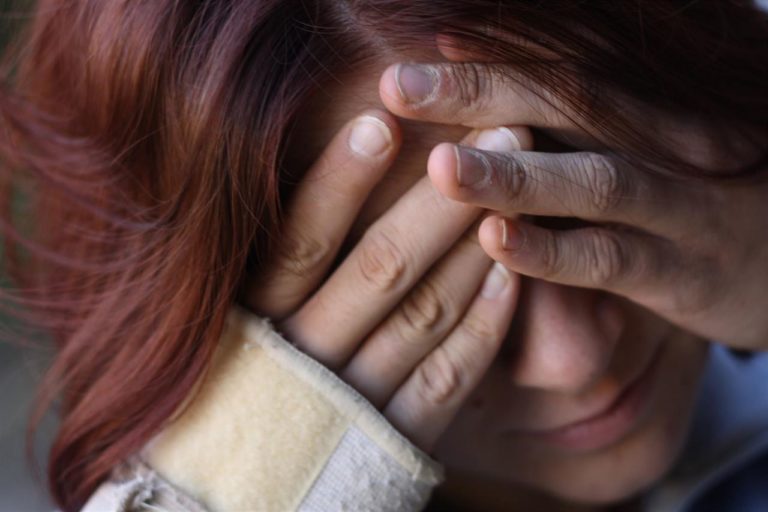Women have pulled the short straw when it comes to anxiety. Not only do they suffer from anxiety disorders twice as often than men. The condition is also more debilitating in their case, as states a study published in the Journal of Psychiatric Research. The statistics for Australia are particularly concerning as according to them, 1 in 3 women will experience anxiety at some point in their lives. 1 in 5 will also develop depression.
The good news here is that there is a way to reduce, treat, and even prevent anxiety in women, and it’s very simple. Exercise seems to be one of the most effective solutions to this particular problem.
Understanding Anxiety Disorders
The most important thing you need to know about anxiety disorders is that they are real. It’s a serious psychological problem that requires treatment regardless of its severity. In fact, in many cases, addressing the issue when it first occurs can help effectively prevent its development.
You also need to know that anxiety disorders are the most common mental disorder and that there are many types of them:
- Generalized Anxiety Disorder (GAD) is characterized by extreme worry over everyday things.
- Obsessive-Compulsive Disorder (OCD) occurs when a person develops a set of obsessive behaviors and/or compulsions.
- Post-Traumatic Stress Disorder (PTSD) develops as a result of trauma, either mental or physical.
- Panic Disorder is characterized by recurring panic attacks.
- Social Anxiety, a condition that occurs when people feel overwhelmingly anxious when exposed to social situations.
Each anxiety disorder has its own specific symptoms, though they can be similar. A person can also be suffering from several types of anxiety issues at the same time. For example, extreme social anxiety might cause panic attacks while being caused by some past trauma.
Exercise and Anxiety Disorders: How Being Fit Makes You Worry Less
Numerous studies have proven that regular exercise has a positive effect on anxiety treatment. But note that while any physical activity can be beneficial, specialized workouts used as a part of comprehensive anxiety therapy program show the best results. You can get this kind of help in physiotherapy centers like Pro-Fit. Exercising in a health center like this gives one a chance to work under the supervision of trained professionals who can help develop the most effective program for every individual.
Yoga also shows good results for anxiety management. However, as many cases of the disorder are either caused or aggravated by being anxious about one’s weight, more active workouts seem to be the better option. The Sydney Morning Herald in its article on Australian women struggling with anxiety, also reports that women who believe themselves to be overweight are less likely to exercise because of their personal insecurities.
Exercise and anxiety are linked, but the scientists have yet to discover how exactly. For now, all we know is that physical activity can reduce anxiety, at least temporarily. It’s believed that this happens because working out helps the brain cope with stress. The relaxing effect of physical exercise on the mind has been known to humans for millennia. One could argue that yoga and many other similar practices were created because of this connection.
One other thing also proven by science is that despite being very effective, exercise isn’t capable of curing anxiety disorders completely (International Journal of Psychiatry in Medicine). These are very serious disorders that require a holistic treatment. The more severe cases will need medications and professional therapy to manage. Some of them, like OCD, might be incurable.
Less severe anxiety disorders can take a few strategic lifestyle changes to overcome. Making exercise a part of your routine is a definite must. You’ll also benefit from making some dietary changes and a lot of mindfulness meditation. The benefits of the latter for both mental and physiological health are too many to count.

